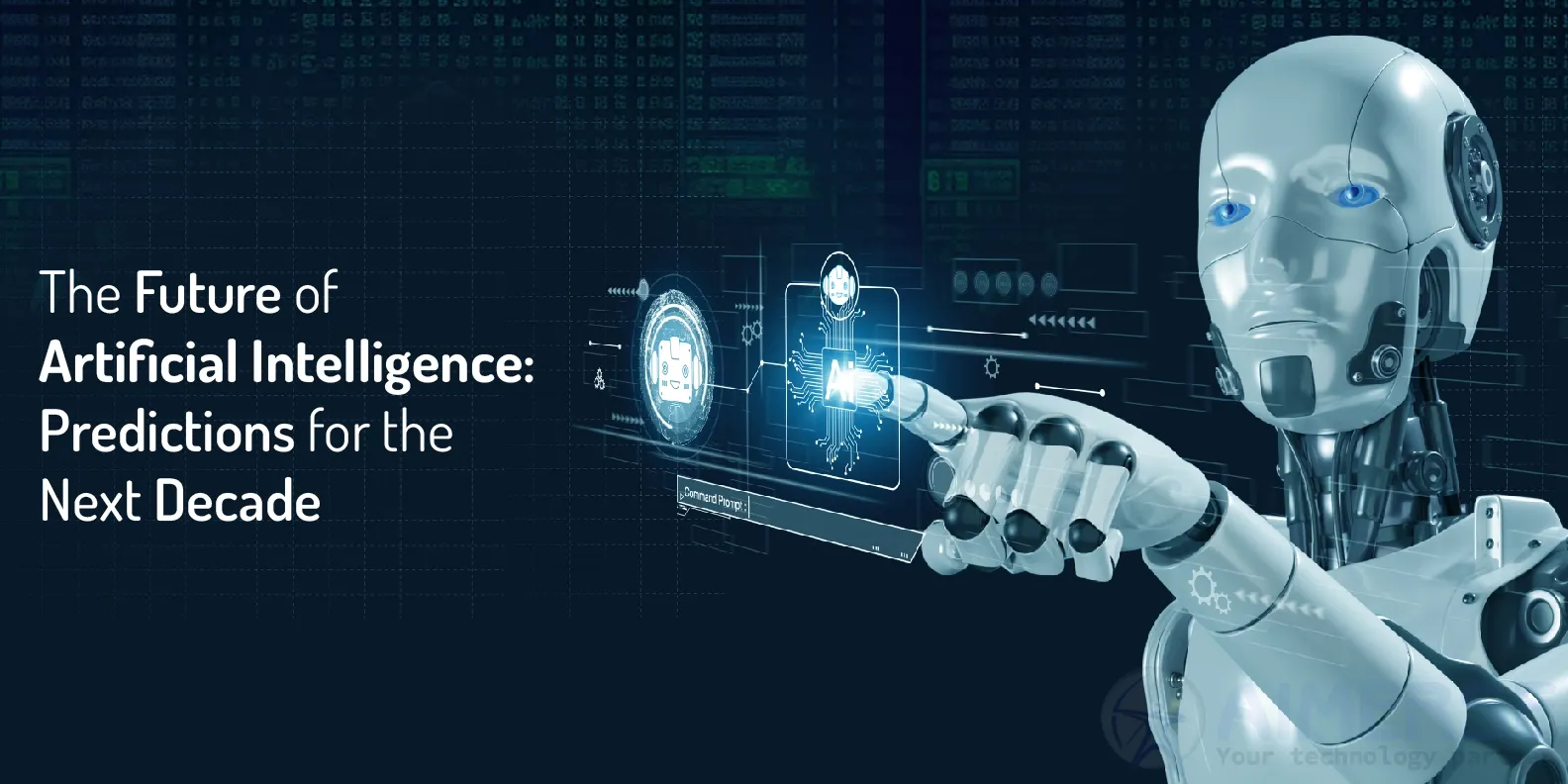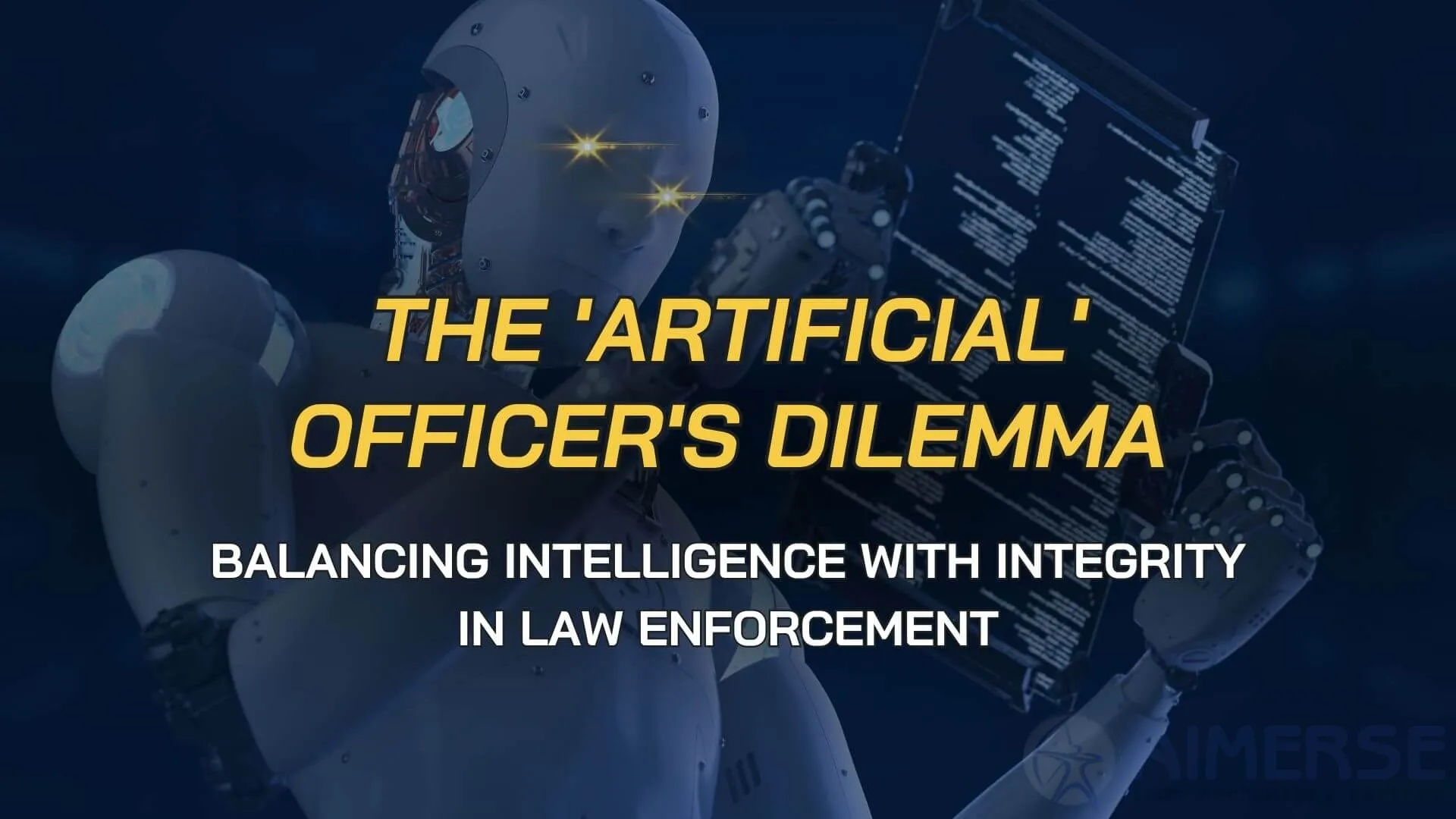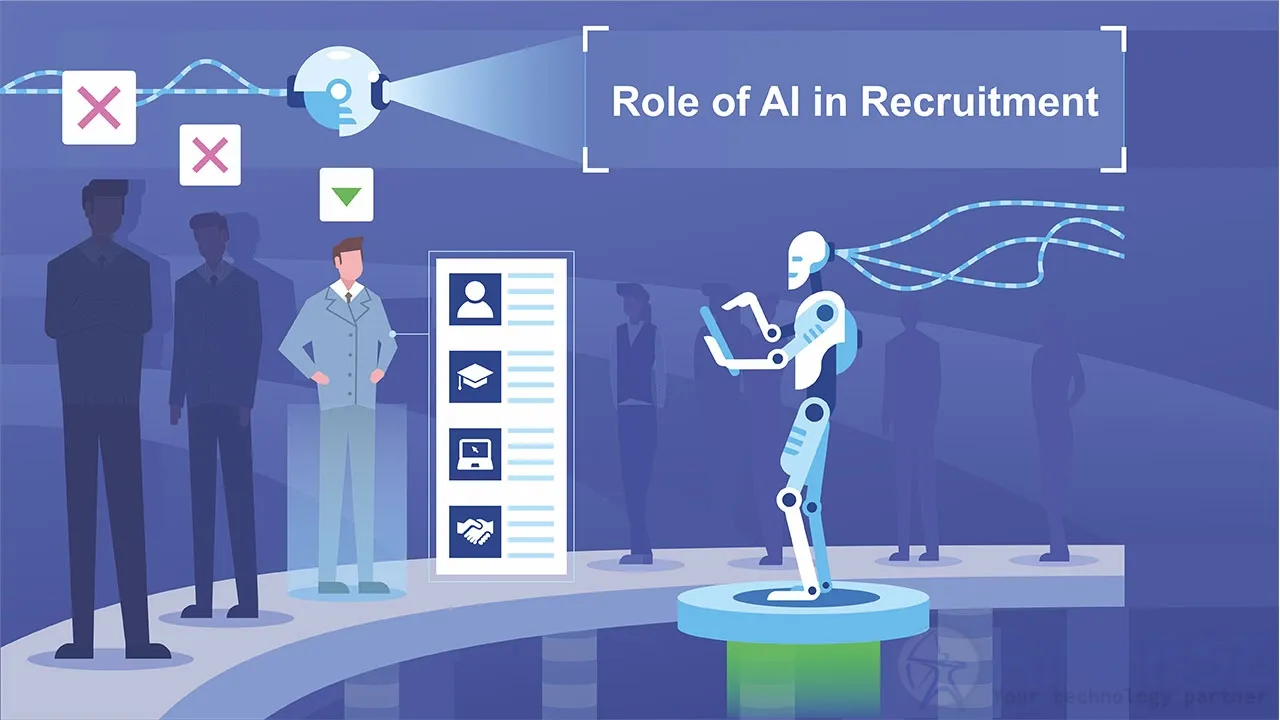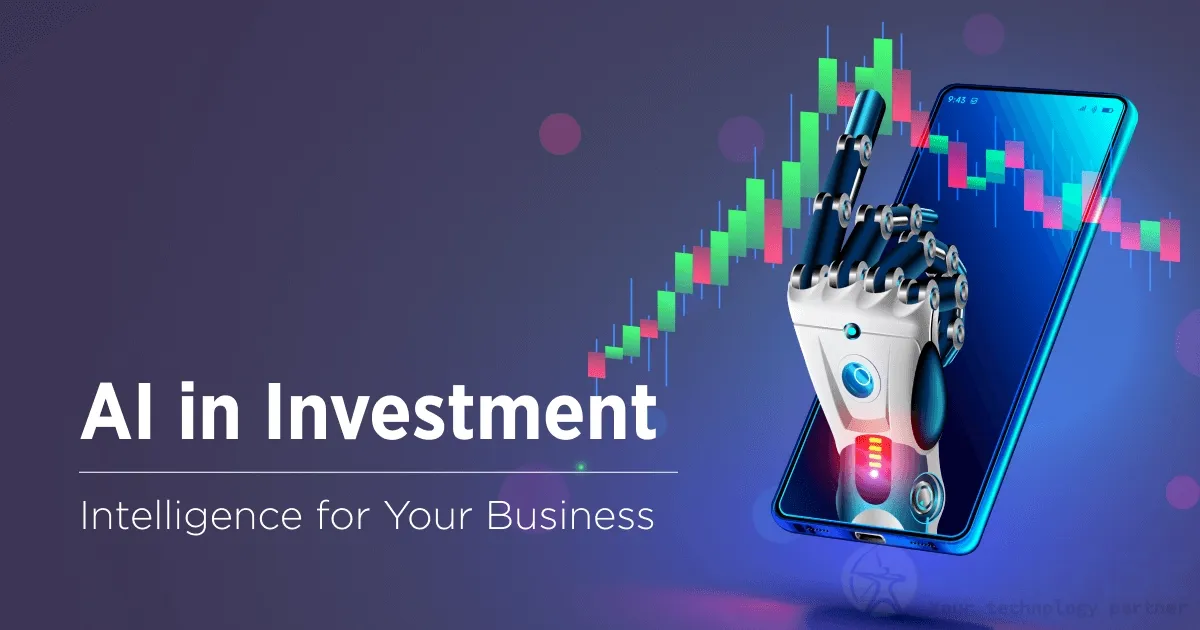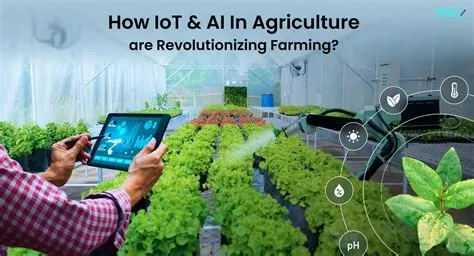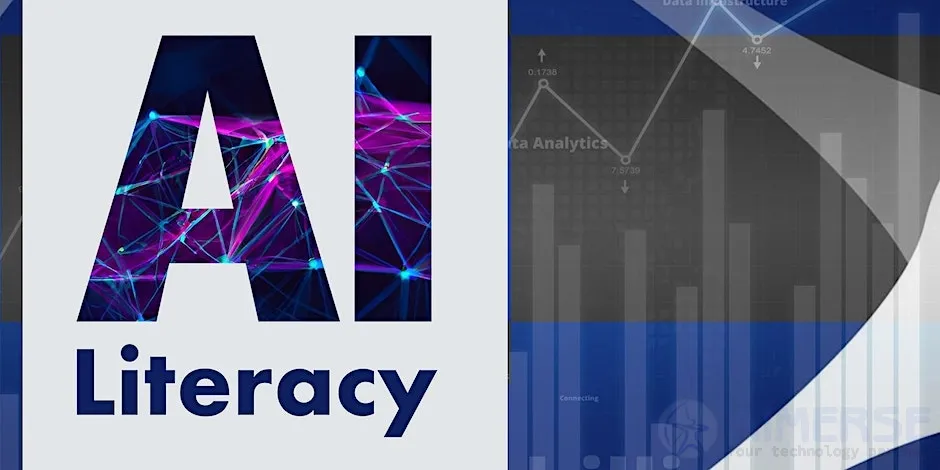Edge Computing: Enhancing Performance for Real-Time Applications.
In this fast-paced digital landscape, the requirement of instantaneous data processing is a critical issue. Low-latency applications include anything from autonomous vehicles to smart manufacturing systems, all of which demand minimum latency for the system to be operational. Centralized data center-based traditional cloud computing models have problems with the latency issue as there is physical distance between the user and the data processing center. This is where edge computing comes in and offers a solution by bringing computation closer to the data source.
Understanding Edge Computing
Edge computing is actually processing data near the source and at the periphery of the network, rather than processing it in cloud servers. Decentralization significantly reduces the distance data travels, which in turn reduces latency. Latency is reduced because decentralization drastically reduces the time it takes for data to move. Real-time applications are therefore more dependable and effective.
The Benefits of Edge Computing for Real-Time Applications
-
Reduced Latency: In order to meet the requirements of real-time applications, proximate processing of data reduces the latency associated with data transit between distant servers and speeds up reaction times.
-
Improved Performance: Data processing locally does not cause network congestion and ensures stable, predictable application performance.
-
Enhanced Reliability: Edge computing reduces dependence on centralized data centers, which minimizes risks posed by network failures and ensures continuous operation of critical applications.
-
Bandwidth Optimization: Because data processing takes place locally, edge computing reduces the quantity of data that must be sent over the network, hence lowering bandwidth consumption and related costs.
Applications of Edge Computing in Real-Time Systems
-
Autonomous Vehicles: The decision-making capability required by autonomous cars in real-time necessitates the use of edge computing, as processing sensor data at the local end reduces latency and enhances safety.
-
Industrial Automation: The manufacturing systems monitor equipment and processes in real-time using edge computing, hence providing prompt response to anomalies. It improves efficiency in operations.
-
Healthcare Monitoring: Wearable devices and medical sensors generate so much data in a short period of time and need immediate analysis. Edge computing enables real-time health monitoring with alerts, very crucial for patients.
-
Augmented Reality (AR) and Virtual Reality (VR): The immersive technologies need low latency for smooth user experiences. Edge computing supports these applications by processing data closer to the user, reducing lag, and enhancing interactivity.
The Role of Edge Computing in the 5G Era
5G technology expands the possibility of edge computing. 5G networks are suitable for edge computing in real-time data processing applications because of their lower latency and quicker data transmission rates. This partnership encourages innovation in fields such as autonomous drones, smart city initiatives, and remote telesurgery.
Challenges and Considerations
While edge computing provides many benefits, its implementation comes with challenges:
-
Security Concerns: It introduces additional security concerns by increasing the attack surface as distributed data processing involves various edge devices. Therefore, the sensitive information that flows through them must be robustly secured.
-
Infrastructure Management: Scalable, dependable, and consistent operation of decentralized networks of edge devices necessitates very intricate orchestration.
-
Integration Complexity: It requires careful planning and execution since it makes integrating edge computing with cloud infrastructure and legacy systems more difficult.
Conclusion
Edge computing, therefore, offers faster speeds as well as lower latency, which is a highly important requirement from the industries when it comes to instant data processing. Overcoming its challenges will help edge computing take advantage of emerging technologies such as 5G and drive true digital transformation toward new opportunities that can be available. It brings businesses closer to meeting performance demands and staying on top in technological innovations.
At Aimerse Technologies, you'll get custom software development solutions to help your business harness the latest emerging technologies, such as edge computing, to reduce latency and optimize IoT ecosystems. Our experience with React.js, Node.js, Python Django, Laravel, Java Spring Boot, will assist you in integrating the systems based on edge computing to support next-generation applications and improve operational efficiency, solving industry-specific challenges, to stay ahead in a competitive market.




